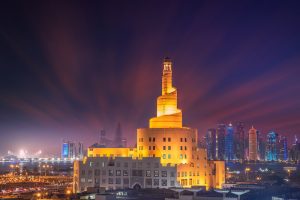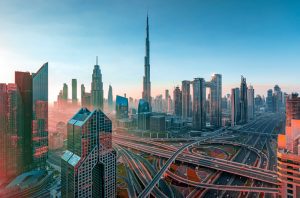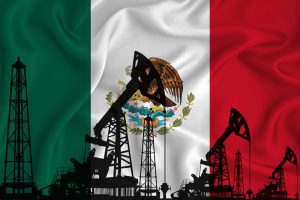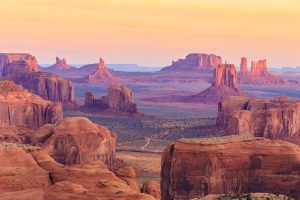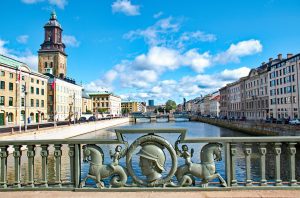Most people associate Arab countries with wealth, with the first thought regarding the region being, “It’s a rich place.”
Even though the area features several rich countries, one stands out against the rest.
Qatar is the wealthiest Arab country. The last recorded Gross Domestic Product (GDP) per capita estimate of the country was $56,010.96 in 2020.
This figure is equivalent to 444% of the global average. Econometric models project Qatar’s GDP per capita to continue growing in the coming years.
Table of Contents
Why Is Qatar Rich?
Qatar transformed into an oil giant from a poor fishing country in just 50 years. It also boasts one of the highest per-capita GDP worldwide.
The high GDP per capita combines with Qatar’s small population of approximately 2.93 million, making it a wealthy country.
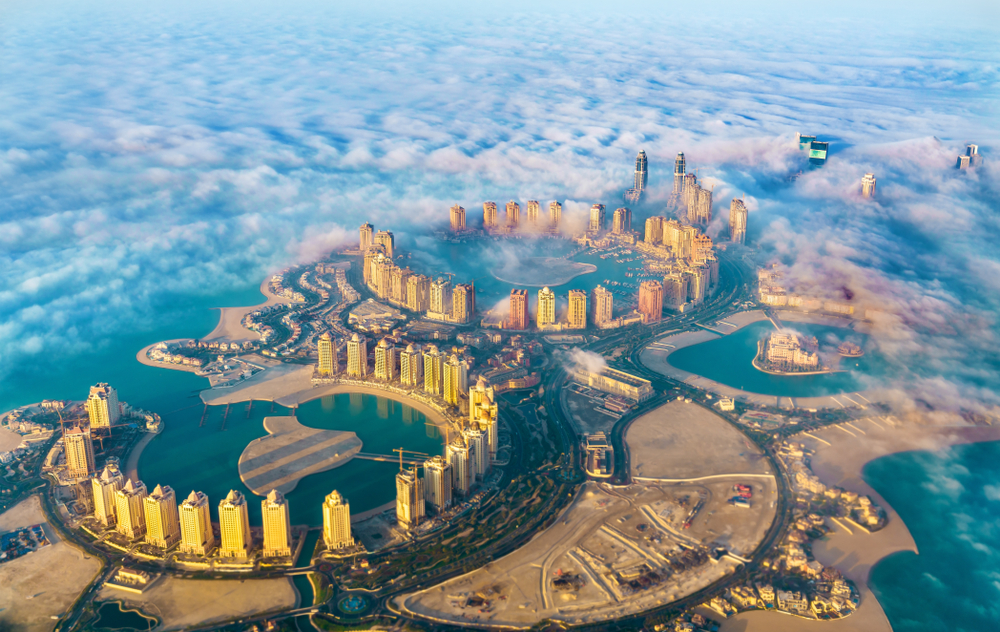
Qatar’s beginning was humble, with fishing and pearling as its primary industries. Widespread disease, malnutrition, and poverty marked the country in the 1920s after the collapse of the pearl trade.
People discovered oil in Dukhan in 1939 and experienced slow development in the field due to World War II.
After 30 years, Qatar discovered natural-gas reserves that changed the country’s course. It produced 46,500 oil barrels per day in 1951, which amounted to $4.2 million in revenue.
Qatar funded a slow modernization process via the revenue, gradually resulting in economic development, transforming the country into a powerhouse.
Who Are the Richest People in Qatar?
Qatar is home to multiple rich Arabs. Some of the wealthiest persons belong in the top ten richest lists of the world.
Here are four of the richest people in Qatar based on their net worth and wealth:
1. Sheikh Abdullah Bin Mohamed
Sheikh Abdullah Bin Mohamed is the richest person in Qatar. He is the chairman and incumbent governor of the Qatar Central Bank.
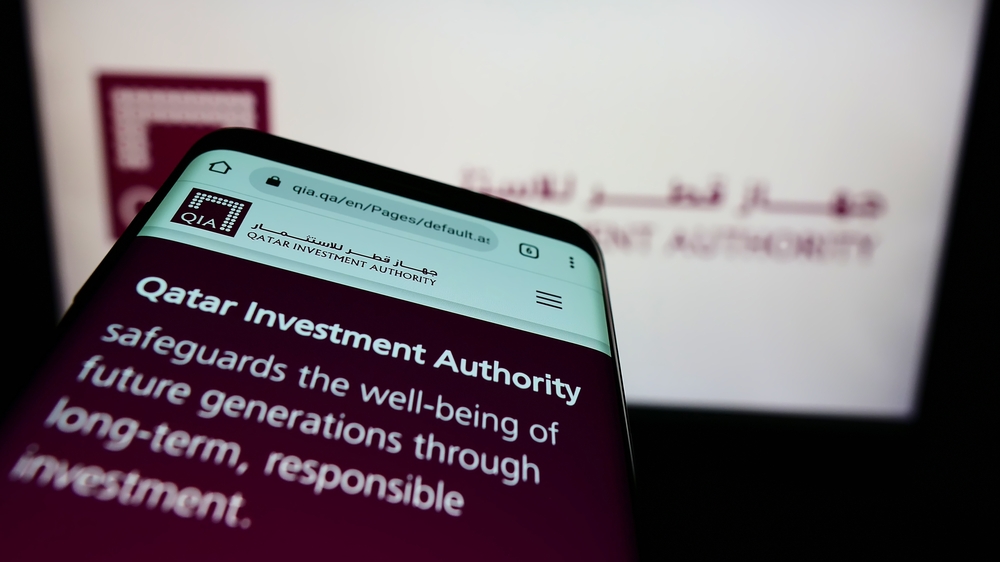
Besides, Al Thani was the Chief Executive Officer (CEO) of Qatar Investment Authority between 2014 and 2018.
He has stakes in London’s Canary Wharf, Total, and Credit Suisse. Al Thani’s estimated net worth is $2.5 billion.
2. Saad Sherida Kaabi
Saad Sherida Kaabi is the President and CEO of Qatar Petroleum (QP). Additionally, he is also the incumbent Minister of Energy in Qatar.
He completed his petroleum and natural gas engineering studies in 1986 at Pennsylvania State University.
Al Kaabi’s estimated net worth is $1.25 billion.
3. Sheikh Ahmed Bin Maktoum
Sheikh Ahmed Bin Maktoum is the founder and CEO of the Emirates Group. His Emirates Airways is among the biggest airway companies globally, and his estimated net worth is $37.8 billion.
The Emirati politician is also the current president of the Noor Takaful Insurance Company and the Dubai Civil Aviation Authority.

4. Akbar Al Baker
Akbar Al Baker serves his country as the Secretary-General of the Qatar National Tourism Council.
In addition, he is the CEO of the famous Qatar Airways. Al Baker’s objective is to change Qatar Airways into the leading airline worldwide.
The CEO has an estimated net worth of $1.35 billion.
How Is Life in Qatar?
Like the rest of the world, Qatar experienced exacerbating effects of the pandemic on its economy.
However, its large gas, oil, and petrochemical reserves and small population enabled the country to remain among the wealthiest nations.
Experts expect the resilient economy to rebound.
This prediction comes amid a rise in gas production and investment opportunities.
Everyday life in the country can vary considerably from person to person since not everyone is rich.
Various laws, rules, and cultural elements help dictate the people, contributing to a different lifestyle than what you may know.

The following aspects reflect the living conditions in Arab’s most affluent country:
1. Jobs
Qatar’s income varies significantly from the poorest to the wealthiest people. Nevertheless, the country almost guarantees a job for everyone due to its strong economy.
Qatar boasts one of the lowest unemployment rates globally at around 0.2%.
The majority of the over two million people living in Qatar are foreigners who come in search of work.
Qatar’s largest industry comes from petroleum deposits and is possibly the best industry to be in.
The country’s policy of not charging income taxes and the large petroleum deposits attracts many job seekers and investors.
Consequently, the surge of people moving into Qatar resulted in other industries booming, including insurance, real estate, construction, and finance.
The country’s engagement in architectural projects also contributes heavily to jobs in the construction industry.
2. Housing
Qatar’s capital city, Doha, offers unique architecture filled with shopping malls, skyscrapers, and fast-food eateries.
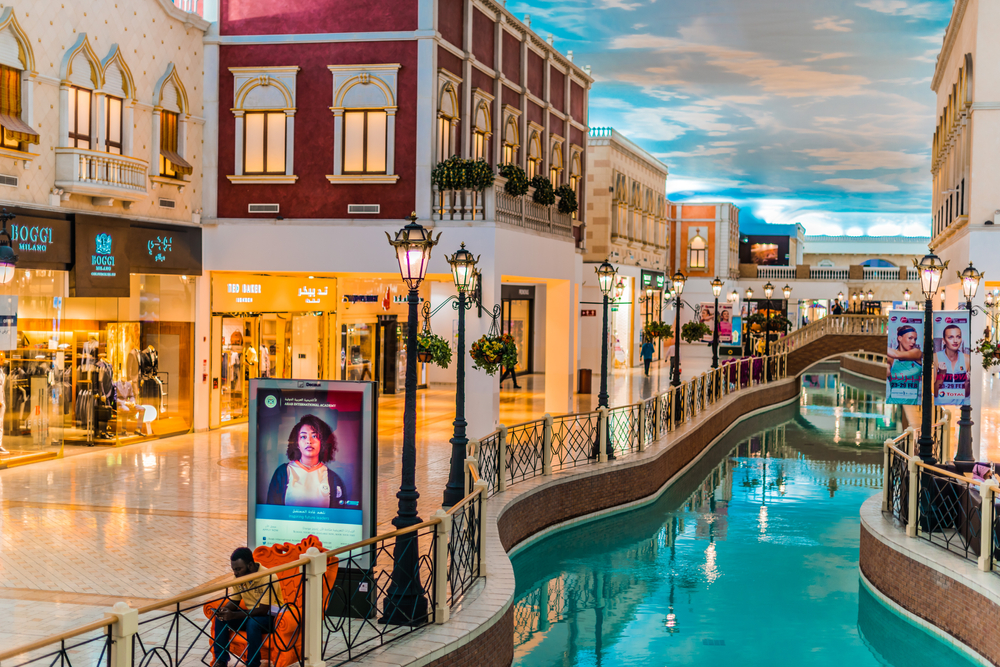
Over 90% of the population resides in Doha. The dense population leads to a lack of spaciousness in housing, with most people living in apartments or condominiums.
The average monthly cost for rent in the country is roughly 5,500 Qatari Rial or $1,510. This amount varies depending on where you live.
Fortunately, you only deal with rent expenses since the country offers water, electricity, and phone lines cost-free.
3. Transportation
Qatar is famous for bad traffic and driving conditions. This reputation comes from the high traffic volume and long travel times.
Qatar has strict laws and fines to keep the roads functioning well.
The country also follows most United States (US) road laws. For instance, it has speed limit laws, seatbelt requirements, and forbids driving under the influence.
You can expect a steep fine if you fail to abide by the rules.
Interestingly, Qatar’s oil reserves mean the country has low gasoline prices. You can find gas is cheaper than a bottle of water.

4. Weather
It is easy to forget that this Middle Eastern country sits in a low-lying desert when looking at Qatar’s wealth.
Hence, the weather conditions can be extreme, with temperatures reaching 120 degrees Fahrenheit or 50 degrees Celsius in summer.
The temperatures drop and are pleasant in the late fall and winter months.
Despite the change, the cooler weather brings frequent sandstorms and flies that create zero visibility.
It is common to find severe conditions that require you to stay indoors.
Rain rarely occurs, with around 8 to 9 days per year of rainfall.
It is beneficial since it helps settle dust or sand levels. However, the rains can cause flash floods that can take over roadways completely.
5. Education
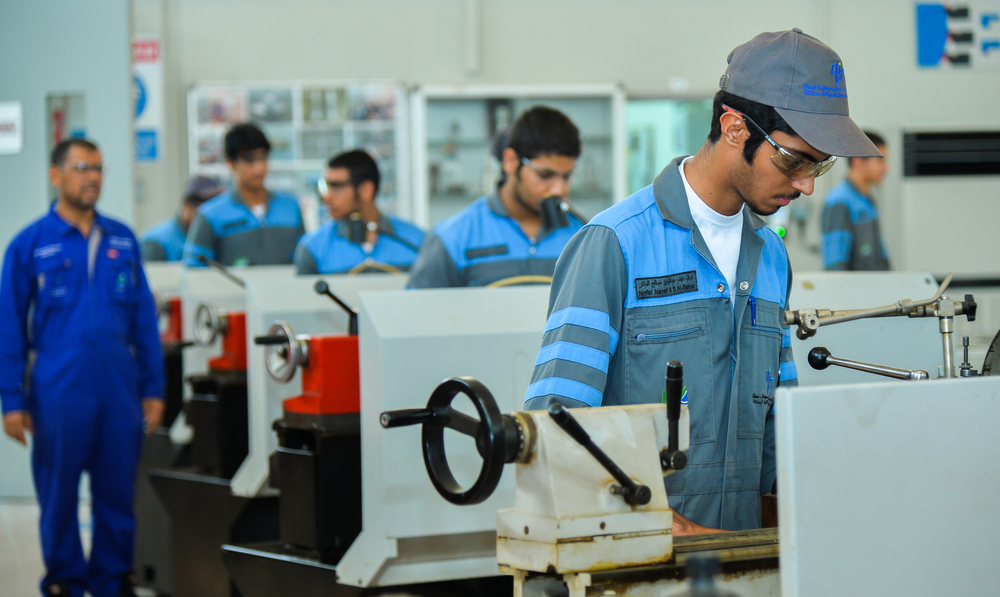
Like the US, Qatar bases its education on a 12-year public school system required for all children.
Public education is entirely free, with the schooling quality varying from person to person.
Qatar schools have independent owners, and each institution follows different guidelines and curricula.
Thus, families individually need to decide what is significant to their kids’ future and educational requirements.
They find a school that matches their values, resulting in waiting lists in the better schools.
Children do not get a guaranteed spot in their school of choice. Subjects taught in most schools are Arabic, Islamic studies, science, English, and math.
Moreover, some elite institutions offer subject-focused courses like commerce, technology, business, science, or religion.
6. Religion
Religion is of great importance in Qatar, dictating the people’s daily lives and culture. For instance, school weeks and workdays run from Sunday to Thursday since Friday is an Islamic holy day.
Most businesses do not operate for most, if not all, of the day on Fridays.
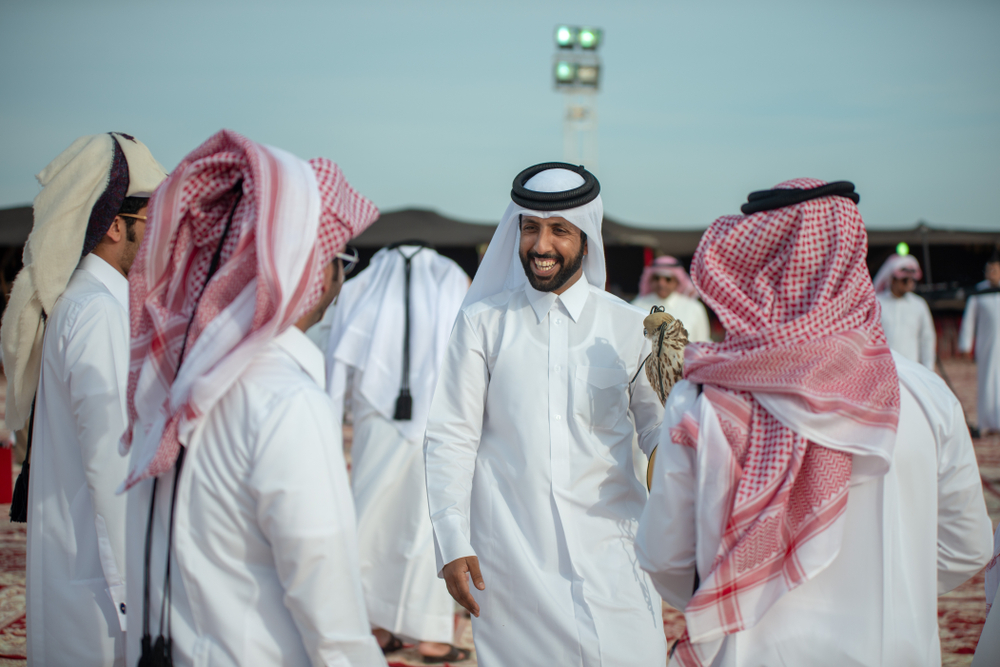
Religion also influences the Qatari wardrobe, with men typically wearing traditional white thobes with white or white and red headdresses.
The women usually put on plain or decorated black abayas with hijabs to cover their faces. Locals also launched a campaign in 2014 requesting visitors to observe a modest dress code because of Qatar’s conservative wardrobe.
The majority of the Qatari population are Muslim, specifically belonging to the Sunni sector of Islam.
The country permits the practice of other religions, meaning you can find people practicing Christianity, Buddhism, and Hinduism.
What Attractions Are in Qatar?
Qatar’s richness means it has plenty of resources and features to interest locals and visitors. The historical sites, traditional markets, and contemporary parks ensure you can have a wholesome tour during a visit.
Some Qatar attractions that pull in people of all ages and social statuses are:
1. National Museum of Qatar
Jean Nouvel was the French architect behind the desert-rose-inspired structure of the National Museum of Qatar.
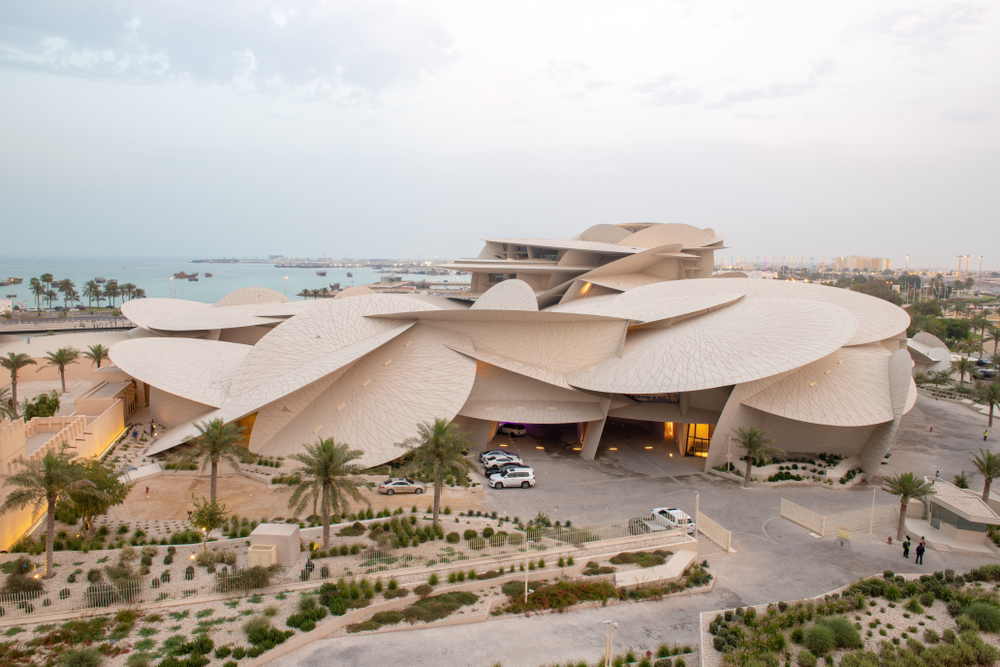
Its much-anticipated opening occurred in March 2019, offering an immersive and thrilling educational experience.
The museum is home to 1.5km of galleries arranged into three chapters; Beginnings, Life in Qatar, and Building the Nation.
The National Museum of Qatar exhibition focuses on the country’s heritage and history. It celebrates Qatar’s past, present, and future on the global stage.
The museum provides a perfect touring spot for residents and visitors in the country.
2. Souq Waqif
Qatar is famous for its glamorous shopping malls filled with designer stores and products. Souq Waqif offers a taste of the past with its traditional ambiance.
It is a vibrant complex built on an ancient market site, enabling you to see original restored Qatari buildings.
This traditional marketplace in Doha offers a quality site to shop for spices, perfumes, and the Qatari national dress.
Some shops display Arabian jewelry and artifacts like shipping memorabilia and swords.
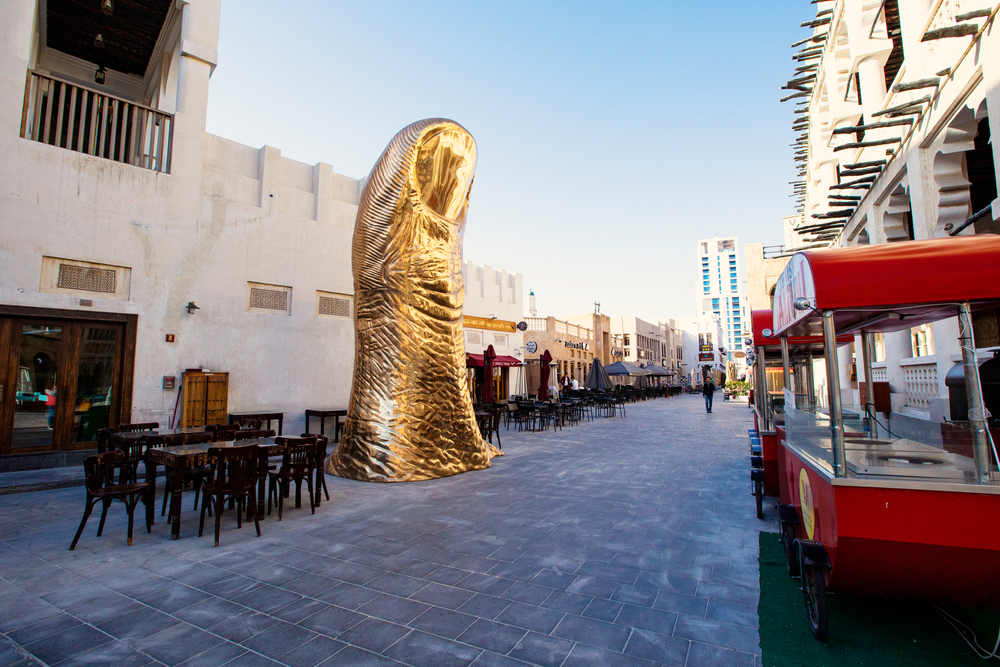
3. Qatar National Library
The Qatar National Library features impressive architecture, giving it a spaceship-like structure.
It has two million books, including literature dating back to the 15th century and ancient maps. The library features workstations, egg chairs, and exhibition spaces with rotating shows by contemporary artists.
The building entrance is a futuristic hatch, and the bookshelves almost seem to float on the library’s wall.
A labyrinth-like pit lies at the room’s center. You can find all ancient heritage books on a maze of carefully placed shelves in this pit.
Qatar National Library also has a recording studio with instruments. Although it is free to use, the studio is only bookable by residents.
The library also includes a cafeteria-style restaurant and children’s library to suit visitors of all ages.
4. MIA Park
The Museum of Islamic Art Park, or MIA, is among the most beautiful and best green spaces along the Doha waterfront.
It is home to the vertical steel structure called “7”. This display is Richard Serra’s first public art piece in the Middle East.
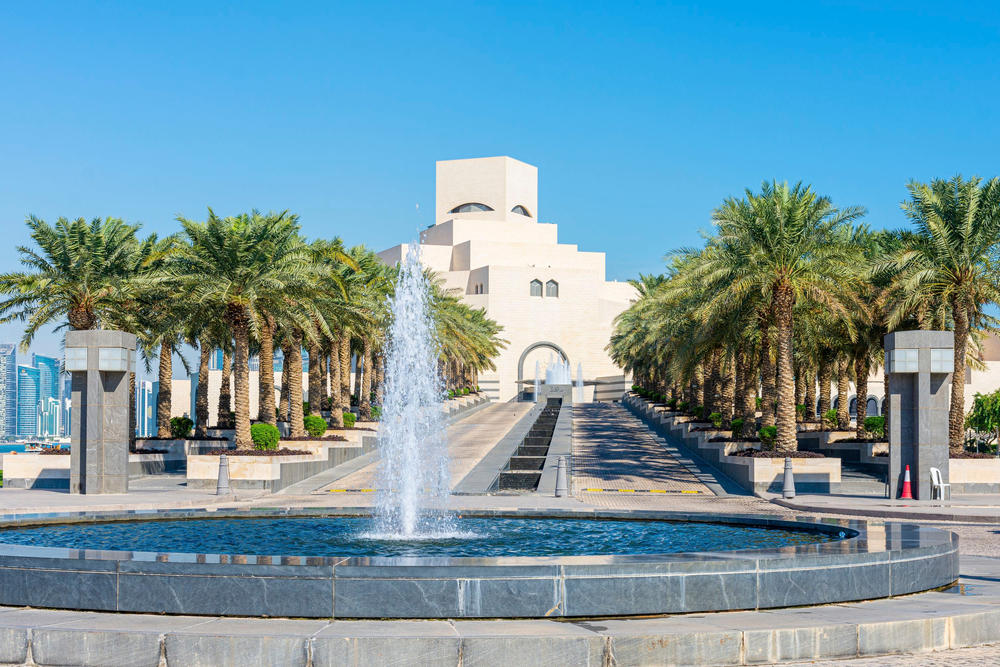
You can also find the MIA Park Café, which provides stunning vistas of Doha. The park includes pop-up food trucks and a kid’s play area for a family outing.
If you enjoy running, you can jog along the 1-km crescent pathway around the park.
MIA Park schedules different events, including outdoor cinemas, weekend markets, fitness sessions, and kayaking tours.
5. Mathaf
Art lovers visiting Doha can stop by Mathaf. This gallery presents an exceptional modern space exhibiting international art with an Arab connection.
It sits in an old school near Education City, hosting various displays like interactive multimedia.
Jean Francois Bodin, a French architect, redesigned the old school into Mathaf’s current sleek building.
The gallery has a free locker where you leave your bags upon arrival.





